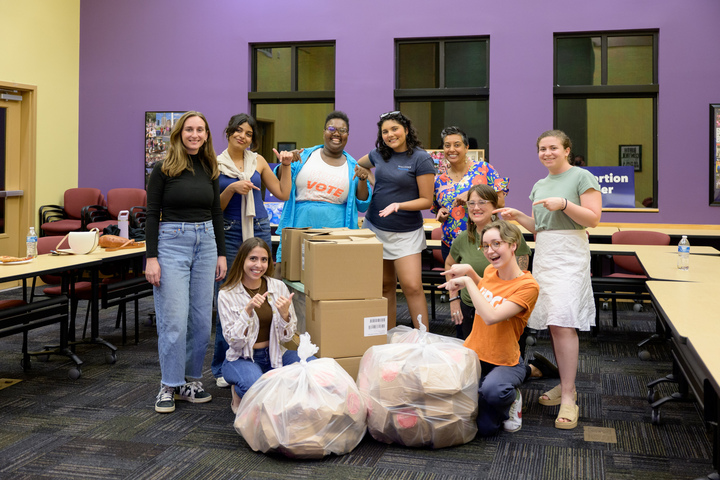
Voter Engagement
Engaging with voters should never be just a once-every-four-years activity. We focus on year-round outreach, to learn what issues are a priority for young people, and how to help grow allied leadership.
Outreach Gets Results
Young people today are constantly depicted as disengaged and irresponsible. In fact, we are anything but. We are more progressive and educated than our parents, and far more connected. We are powerful, engaged, and ready to lead.
The newest generation of young voters is the most diverse voting block in U.S. history. Armed with the right tools and knowledge, we will have an enormous impact on the course of our nation.
Organizing, Building, Voting
URGE organizes and builds within communities in our investment states — primarily in the South and Midwest — where historically marginalized people’s rights are most under threat, and where the opportunities for change are greatest. We are building a culture of civic engagement upon an intentional, unshakeable foundation built to sustain us all for the road ahead.





